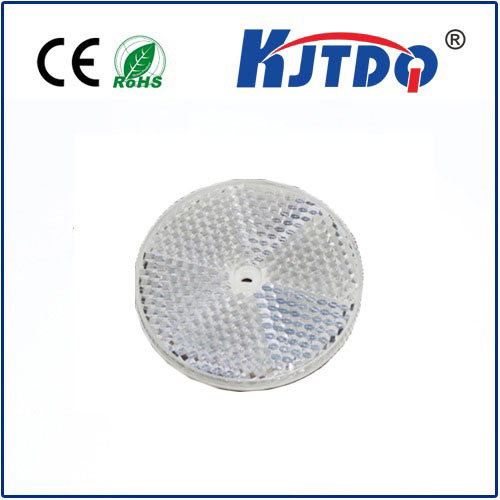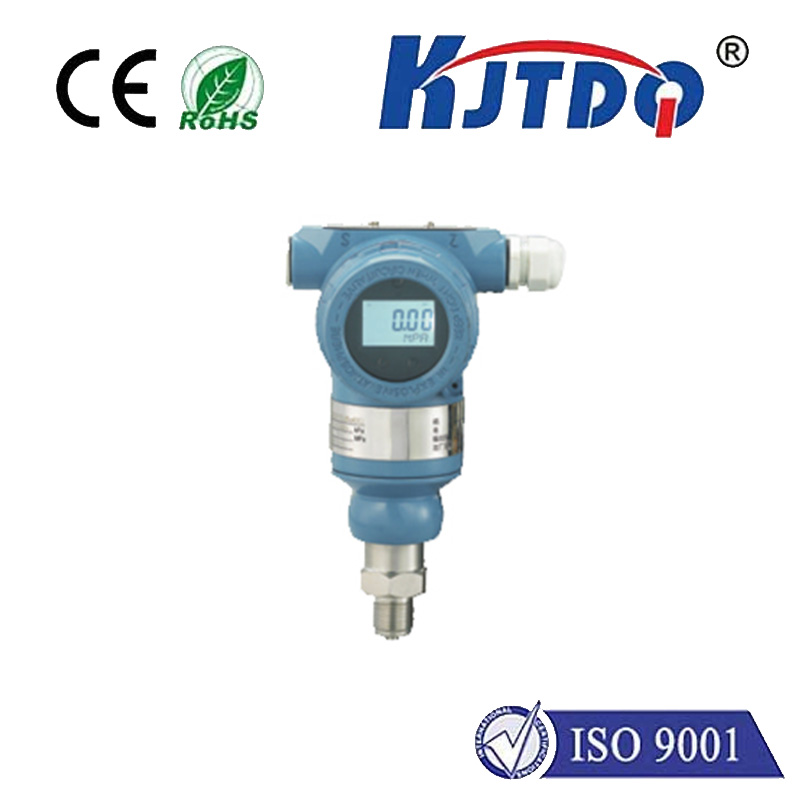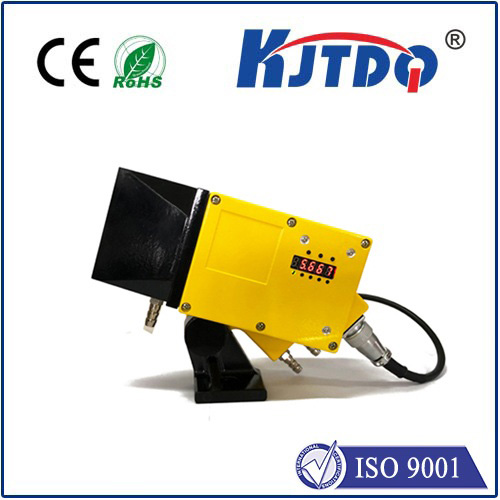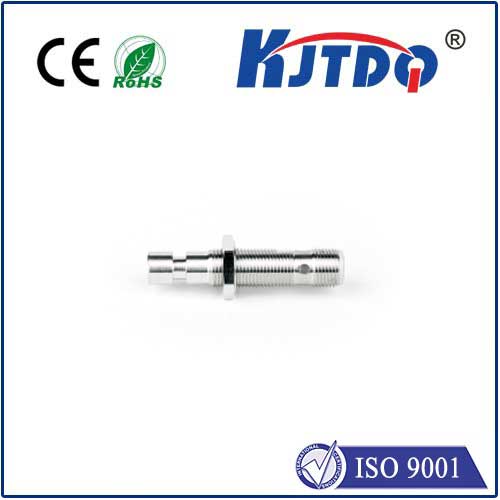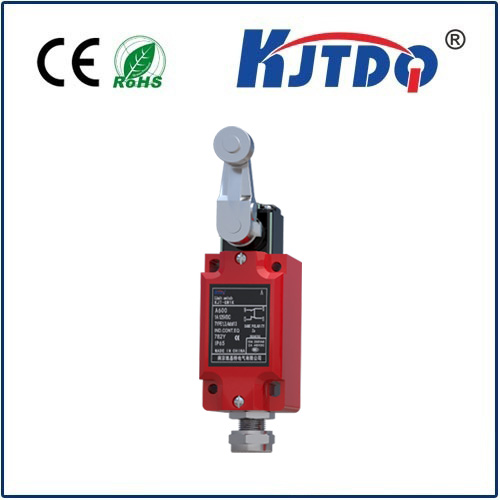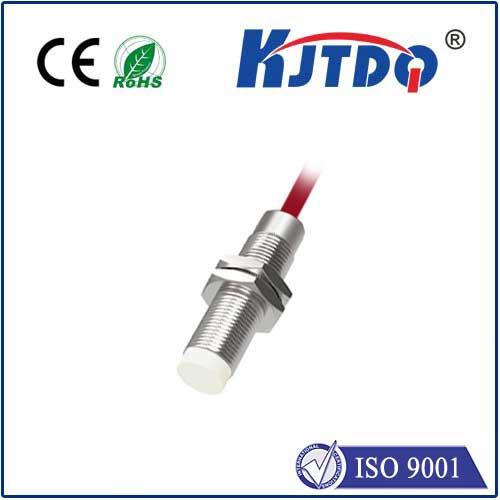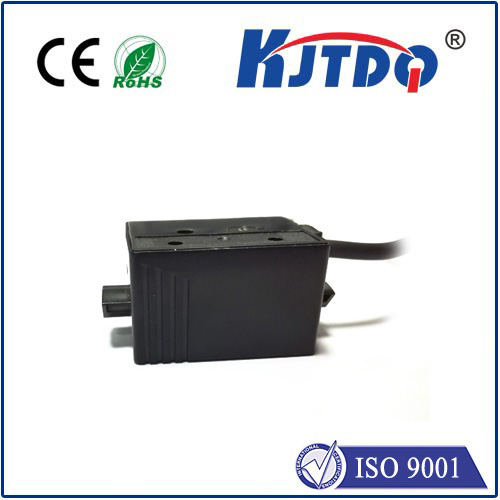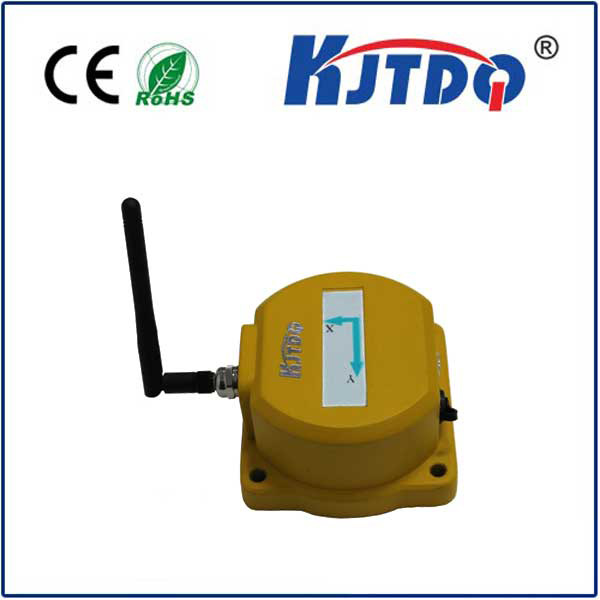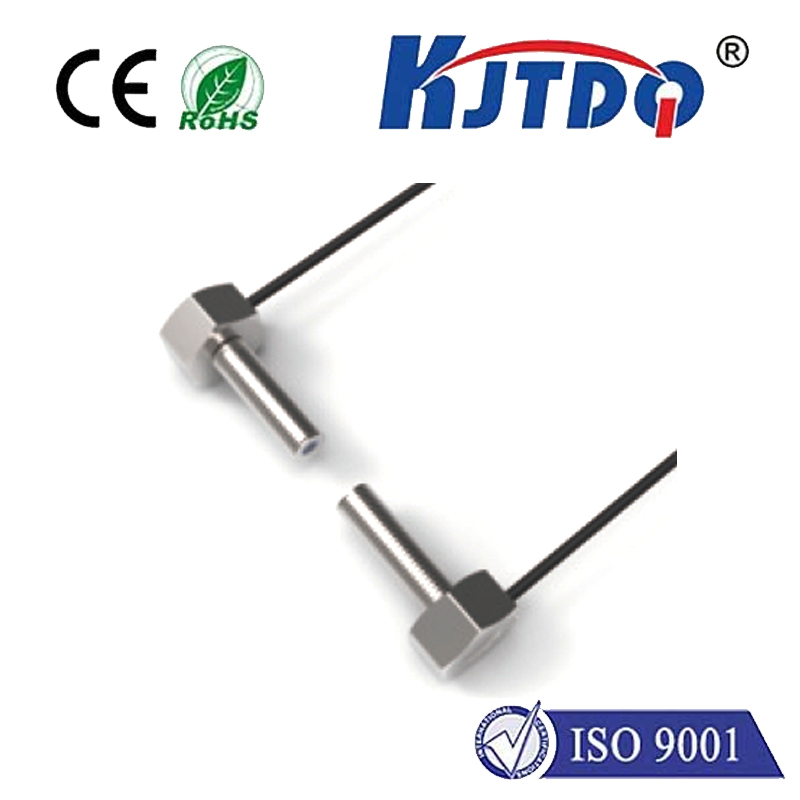
check

check

check

check

Title: The Innovative World of Fiber Pressure Sensors In the rapidly advancing field of technology, fiber pressure sensors have emerged as a game-changer. These devices have found applications across various industries, thanks to their precision, durability, and flexibility. In this article, we will delve into the world of fiber pressure sensors, exploring their working principles, advantages, and potential applications. Fiber pressure sensors are devices that measure the pressure of a fluid or gas by detecting changes in the refractive index of the medium. They work on the principle of total internal reflection, where light is reflected off the core of the fiber optic cable and back into the detector. When pressure is applied to the fiber optic cable, it causes a change in the refractive index of the medium, which in turn alters the path of the light. This change is then measured and converted into an electrical signal, providing a precise measurement of the pressure. One of the key advantages of fiber pressure sensors is their high level of precision. Unlike traditional pressure sensors, which may be affected by temperature fluctuations, vibrations, and other external factors, fiber pressure sensors provide highly accurate measurements. This makes them ideal for use in environments where even the slightest deviation can have significant consequences, such as in medical diagnostics or aerospace applications. Additionally, fiber pressure sensors are also highly durable and resistant to corrosion, making them suitable for use in harsh environments. Another advantage of fiber pressure sensors is their flexibility. Due to their thin and flexible design, they can be easily integrated into complex systems and machinery. This allows for more efficient monitoring of pressure in hard-to-reach areas or in systems with tight spaces. Furthermore, fiber pressure sensors can be multiplexed, meaning that multiple sensors can be connected to a single fiber optic cable. This reduces the need for extensive wiring and enables real-time monitoring of multiple points simultaneously. The applications of fiber pressure sensors are vast and varied. In the medical field, they are used in minimally invasive surgeries to measure blood pressure and other vital signs. In the aerospace industry, they are employed to monitor fuel levels and ensure the proper functioning of aircraft systems. In the automotive industry, fiber pressure sensors are used in tire pressure monitoring systems to enhance safety and improve fuel efficiency. Additionally, they are finding applications in structural health monitoring, oil and gas exploration, and even in the development of smart clothing. In conclusion, fiber pressure sensors have revolutionized the way we measure pressure in various industries. With their precision, durability, flexibility, and wide range of applications, they have become an indispensable tool for engineers and scientists alike. As technology continues to advance, we can expect further innovations in this field, opening up new possibilities for its use in our everyday lives.

